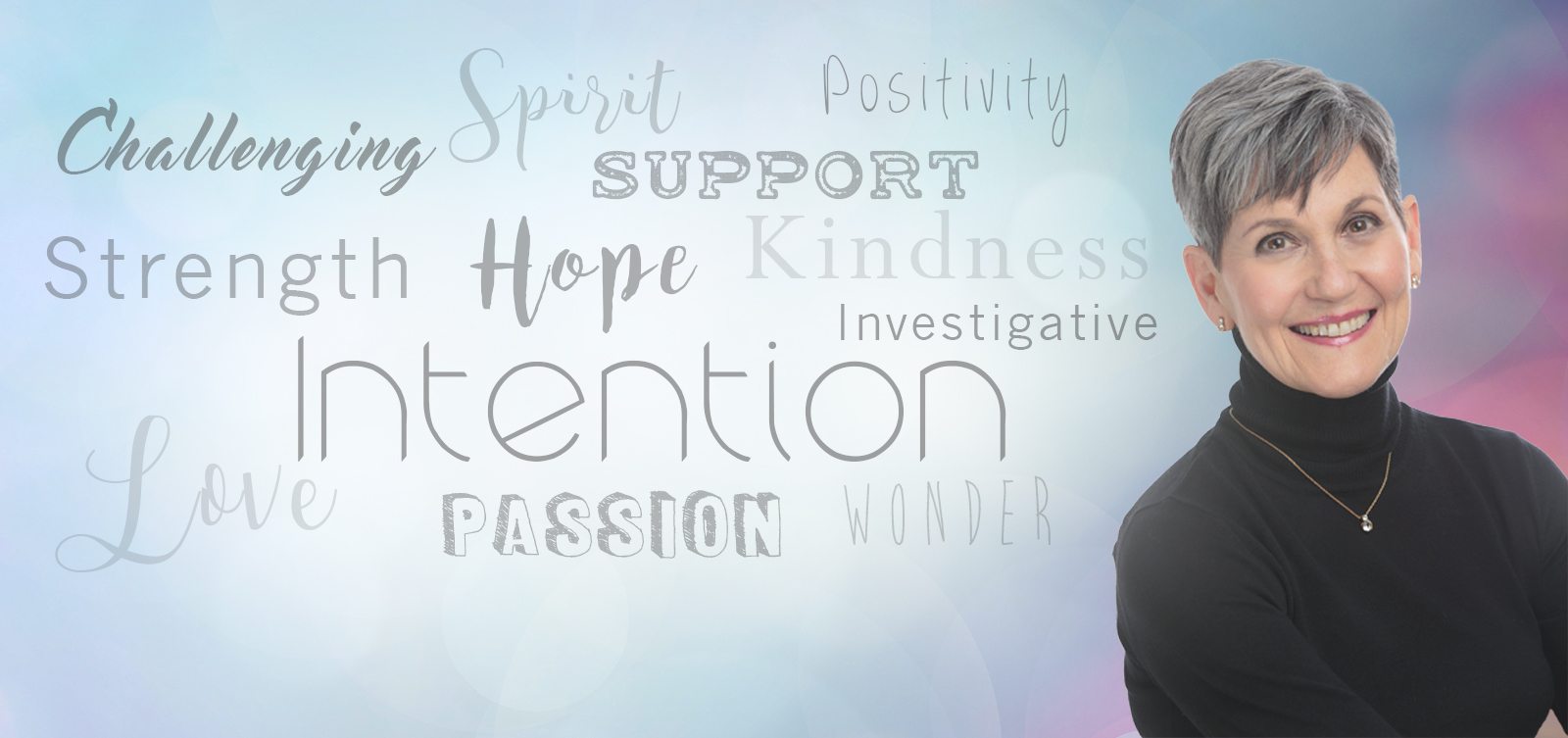
There’s a Leonard Cohen track called The Stranger Song, and one of my favorite lines of it goes: ‘Like any dealer he was watching for the card that is so high and wild he'll never need to deal another.’
There’s a Leonard Cohen track called The Stranger Song, and one of my favorite lines of it goes: ‘Like any dealer he was watching for the card that is so high and wild he'll never need to deal another.’
I have always marveled about that line – the notion that there is an ultimate ‘card’ out there so full of promise you might spend a lifetime reaching for it – and I’ve also wondered whether there is also a musical note out there for each of us so perfect that we’ll never need to hear another.
A powerful therapy
I was thinking about this last week when reading an article by my husband Bryan about the healing power of music. He amassed a great deal of evidence showing that music is a powerful therapy for everything from heart depression and stroke to depression and ADHD. Scientific studies show that music helps stroke victims recover their sight and verbal memory, improves heart rates in cardiac patients, reduces the pain of arthritis or during labor, ends depression and lowers disruptive behaviour in adolescents.
Not long ago, Transport for London experimented with piping classical music into certain stations of the London Tube. To their astonishment, anywhere the music was played, the crime rate went down.
These benefits do not simply result from the ‘feel good’ or calming effect of a hummable tune, but have to do with something far more elemental.
Cochlear nerve fibres travel through the thalamus of the brain to the auditory centre, and through this path they activate emotional centres of the limbic system (the primitive emotional center) whenever music is played. This suggests that music can be felt as deeply and profoundly as love or, its opposite, fear.
Weak or strong music
This very idea has been explored by Australian holistic healer Dr John Diamond, a trained psychiatrist who uses music and music-making as a centerpiece of his therapy.
Diamond was inspired by George Goodheart, the creator of applied kinesiology, which tests the effect of various substances on the body. Goodheart developed the technique of ‘muscle testing’, now a feature of applied kinesiology.
He’d ask a patient to stand facing him, with his left arm extended parallel to the floor, then place his left arm on the patient’s shoulder to steady him and then ask him to resist with all his strength while he pushed on the extended arm. In most instances the arm would spring back and resist the force of Goodheart’s push.
But when Goodheart exposed the subject to noxious substances like food additives or allergens, the arm was unable to resist the pressure of the push and was easily overcome.
Diamond adapted this technique, which he termed ‘behavioural kinesiology’, to test the effect of toxic thoughts, but also the effect of music. When a person is exposed to a particular piece of music, his ‘indicator muscle’ tests weak or strong, a powerful demonstration that the music is peculiarly detrimental or life-enhancing.
Tunes for life
After testing thousands of his patients over the years, Diamond has concluded that the most life-enhancing music is anything by Beethoven and Brahms, traditional jazz, pop songs from the 1920s and 1930s like Ain’t She Sweet, and, I’m happy to say, anything written by the Beatles.
He’s also found that his patients test weak on hearing digital music of any variety, whether recorded onto compact discs or the old-style vinyl LPs, even if they’ve tested strong when hearing same music recorded in analogue mode.
We discovered this once when shopping for a CD player years ago. We went to specialist music equipment shop, and the salesman played us the same piece of Art Pepper jazz, first as a CD and then as analogue vinyl on a high quality turntable. We sat still, clinically listening to it when the CD played. But as soon as he turned on the analogue version, we couldn’t stop ourselves from moving and tapping our feet. Suddenly, the music had come alive - and indeed we had come alive.
This all makes perfect sense when you regard living things, including human beings, as energy systems highly sensitive to particular vibrations. Perhaps there is one perfect note out there for each one of us, the perfect tuning fork, somewhere between the tracks of Beethoven’s Ninth and Sgt. Pepper’s.

Facebook Comments